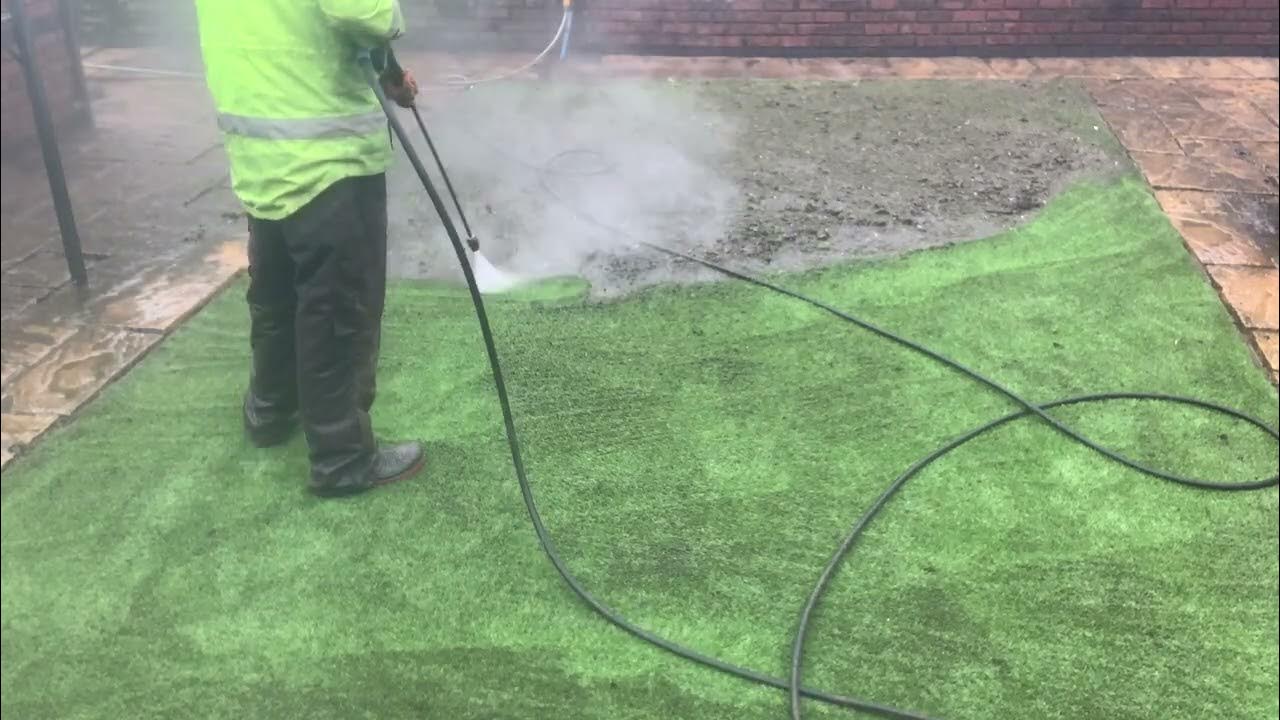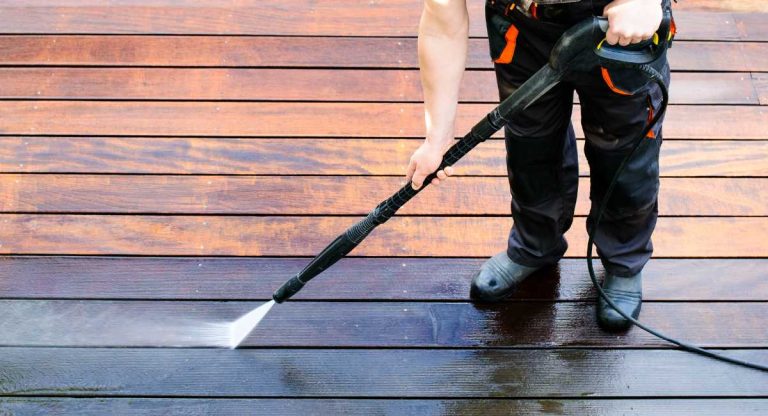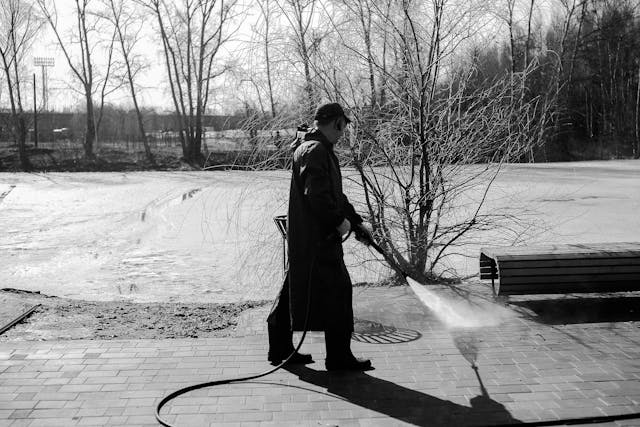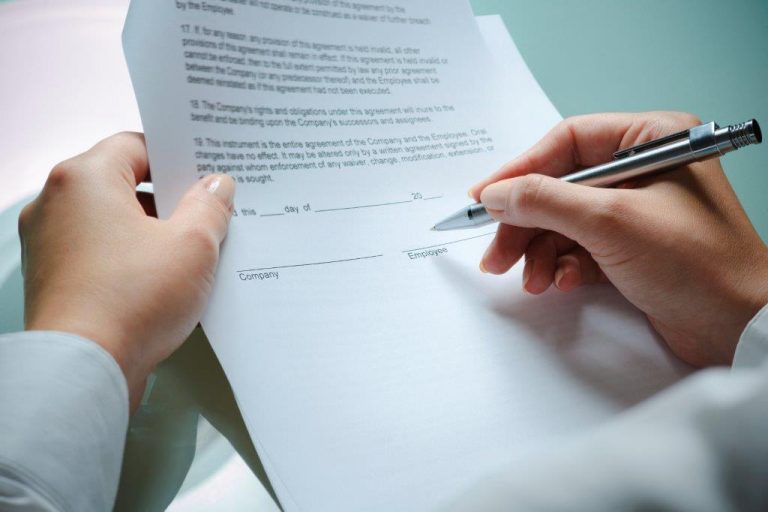
Synthetic turf and sports fields are built to endure—but they’re not maintenance-free. Over time, artificial grass and rubber infill accumulate dirt, sweat, mold, food debris, pet waste, and even chewing gum. Whether you’re managing a school athletic field, training facility, playground, or residential turf installation, keeping it clean is crucial for safety, longevity, and appearance. 🧼🌱
Power washing, when done correctly, can be a game-changer for turf maintenance. But hiring the wrong crew can result in damage to the infill or even surface displacement. Here’s everything you need to know before hiring a power washing company for synthetic turf or athletic fields.
⚽ Why Synthetic Turf Needs Regular Cleaning
Many property owners think artificial grass is “set-it-and-forget-it.” But the truth is, synthetic surfaces require routine upkeep, especially when exposed to:
- Spilled drinks and food
- Dirt and mud tracked in by athletes or pets
- Pet waste and urine
- Mold and mildew in shaded areas
- Chewing gum and candy
- Algae or moss buildup (especially in humid climates)
- Sweat and body oils from repeated athletic use
🧪 Without cleaning, turf fibers degrade faster, odors develop, and the surface becomes slippery or unsafe.
✅ Can You Pressure Wash Synthetic Turf?
Yes—but with caution.
Synthetic turf requires low-pressure cleaning techniques to avoid damaging the plastic blades or displacing infill materials. A professional power washing company should be equipped to use:
- Soft washing (low pressure under 500 PSI)
- Turf-specific cleaning solutions (safe for plastic and infill)
- Rotary surface cleaners or gentle rinsing tools
- Spot treatments for stains, gum, or biological growth
High-pressure washing with a standard wand or nozzle is not recommended, as it can:
- Uproot infill (rubber, sand, cork)
- Flatten or fray the turf blades
- Tear seams or cause wrinkling
- Leave behind uneven surfaces or standing water
Browse Amazon Here For Soft Washing Equipment And Accessories
🧼 What Services Should Be Included?
A professional turf cleaning appointment should involve a multi-step process to ensure effective and safe results:
- Debris Removal: Blowing off leaves, twigs, and trash
- Spot Treatment: Gum, food, or stain removal
- Pet Waste Neutralization: Enzymatic cleaners or sanitizers
- Gentle Power Wash or Soft Wash Rinse: Low-pressure, even coverage
- Brooming or Raking: To redistribute and refresh infill
- Drying or Drainage Inspection: Ensure proper runoff and no puddling
For sports fields, many providers also offer sanitization services using turf-safe disinfectants — particularly important for schools, gyms, and public-use areas.
🏠 Common Applications for Turf Power Washing
| Application Type | Why Cleaning Is Needed |
|---|---|
| Residential backyards | Pet use, spills, seasonal cleanup 🐾 |
| Athletic fields (soccer, football) | Mud, sweat, bodily fluids, debris ⚽ |
| Training or agility gyms | Heavy foot traffic and sweat 🏋️ |
| Rooftop turf or terraces | Pollution, bird droppings, algae buildup 🌇 |
| Playgrounds or daycares | Spills, germs, outdoor exposure 🎠 |
| Putting greens or golf simulators | Surface smoothing, leaf control ⛳ |
💬 Questions to Ask Before Hiring a Turf Cleaning Company
To protect your investment, be sure to ask the following:
- “Have you cleaned synthetic turf before?”
- “What pressure and cleaning agents do you use?”
- “Do you offer pet-safe or kid-safe sanitizers?”
- “How do you avoid disturbing the infill?”
- “Can you restore flattened or matted turf blades?”
- “Do you provide before-and-after photos or service reports?” 📸
Any company worth hiring will be able to walk you through their turf-safe process with confidence.
🛡️ Turf-Specific Concerns and Safety
Turf might be durable, but it’s not invincible. The crew should take precautions to:
- Avoid applying heat or boiling water (can melt the blades)
- Keep cleaning chemicals within turf-safe pH levels
- Prevent water pooling in low spots or seams
- Rake or broom the turf in the correct direction to lift fibers
- Avoid heavy machinery or brushes that can rip seams or damage edging
⚠️ If your turf is installed over a padded base or used for sports training, improper washing may affect traction or impact absorption.
💵 What It Might Cost
Turf cleaning prices vary depending on square footage, usage, and type of contamination (pet waste, stains, etc.). Here’s a rough guide:
| Area Size/Type | Price Estimate |
|---|---|
| Small residential lawn (under 500 sq ft) | $100 – $250 |
| Medium backyard (1,000–2,000 sq ft) | $250 – $500 |
| Athletic field (5,000–10,000+ sq ft) | $800 – $2,500+ |
| Playgrounds/daycare turf | $300 – $800 |
Sanitization, deodorizing, or infill replacement may cost extra.
📅 How Often Should Synthetic Turf Be Power Washed?
| Use Type | Recommended Frequency |
|---|---|
| Light residential use | Every 6–12 months |
| Pet turf | Every 3–6 months 🐶 |
| Athletic fields | Quarterly or monthly (depending on use) |
| Public spaces/playgrounds | Monthly to quarterly |
💡 Tip: Ask your power washing company if they offer recurring maintenance plans at a discounted rate.
🌿 Eco and Safety Considerations
Look for companies that use:
- Biodegradable cleaners
- Non-toxic deodorizing agents
- Water-conservation equipment
- Pet- and child-safe solutions
- Sanitizers that meet public health standards
If your turf is near a garden or storm drain, runoff must be managed carefully. 🚫🌊
💡 Final Thoughts
Synthetic turf is a low-maintenance solution—but it’s not no maintenance. Over time, grime, bacteria, and buildup can damage the surface and affect its look and function. Hiring a power washing company that specializes in turf cleaning ensures a deep, safe, and even clean—without risk of surface damage.
Just make sure you choose a provider who knows how to treat turf like turf—not concrete.
🏟️ A clean field is a playable field—and a well-maintained turf is an investment that lasts.
Browse Amazon Here For Soft Washing Equipment And Accessories






